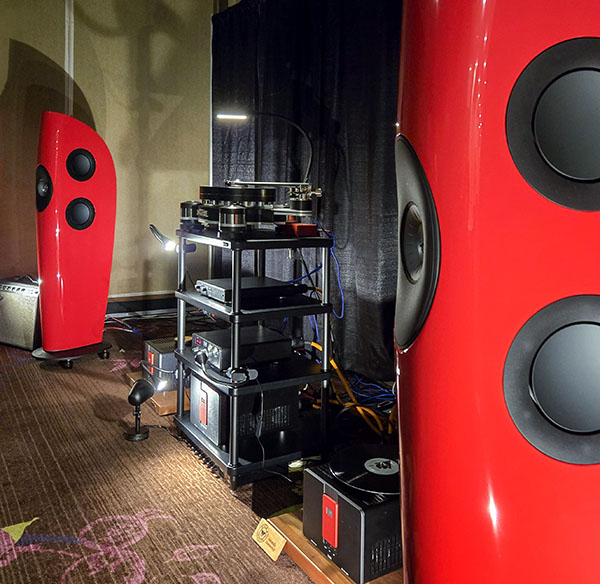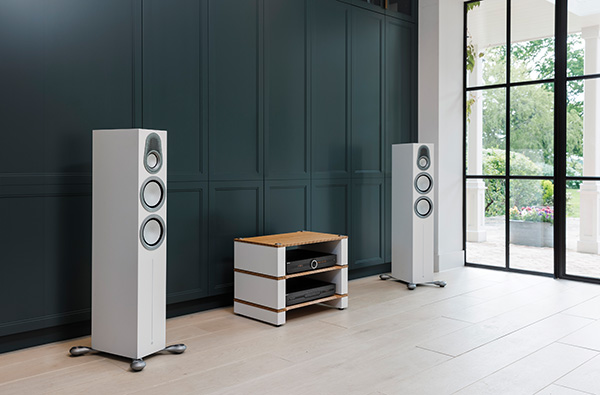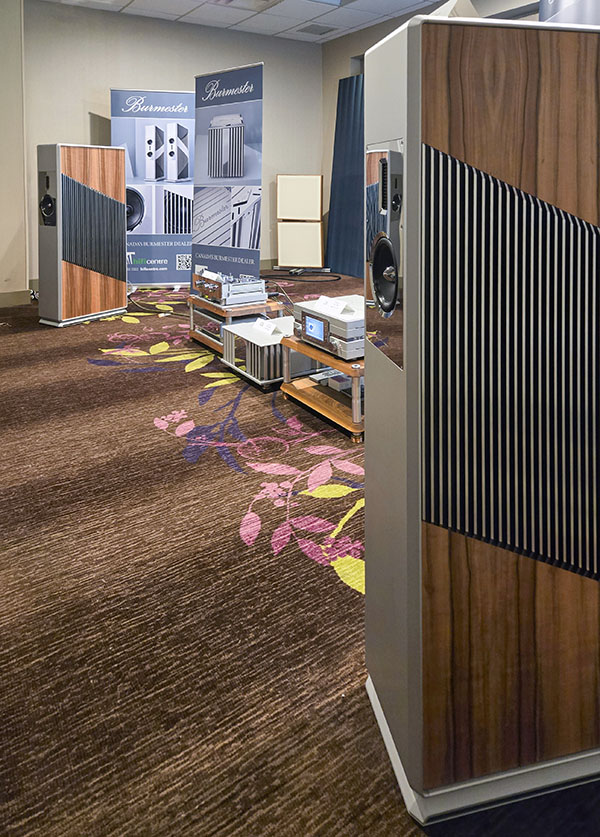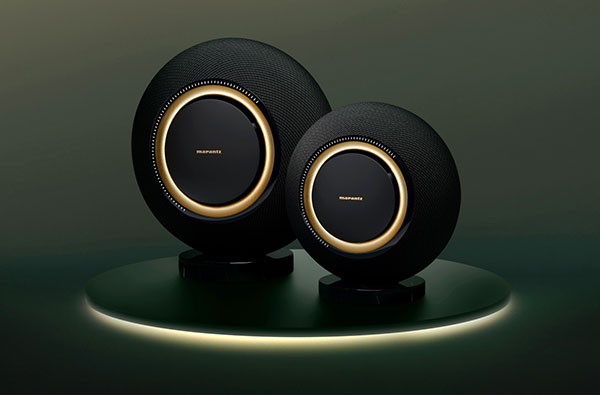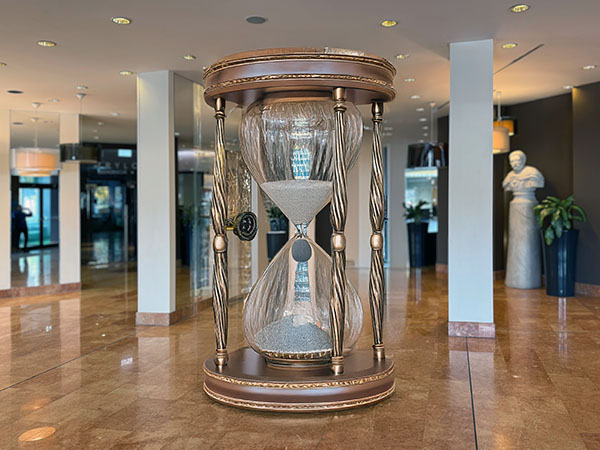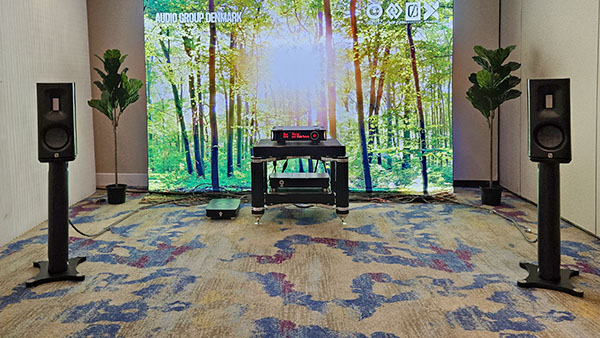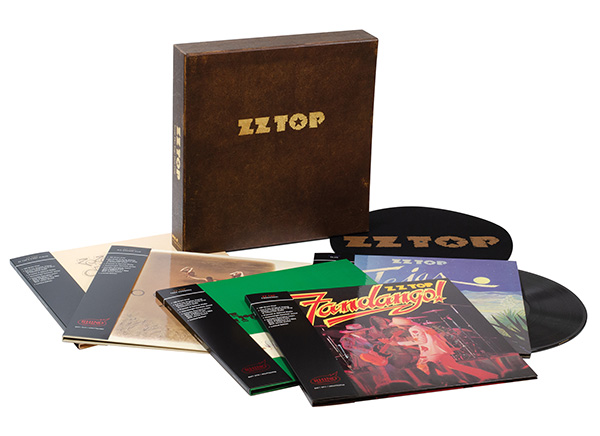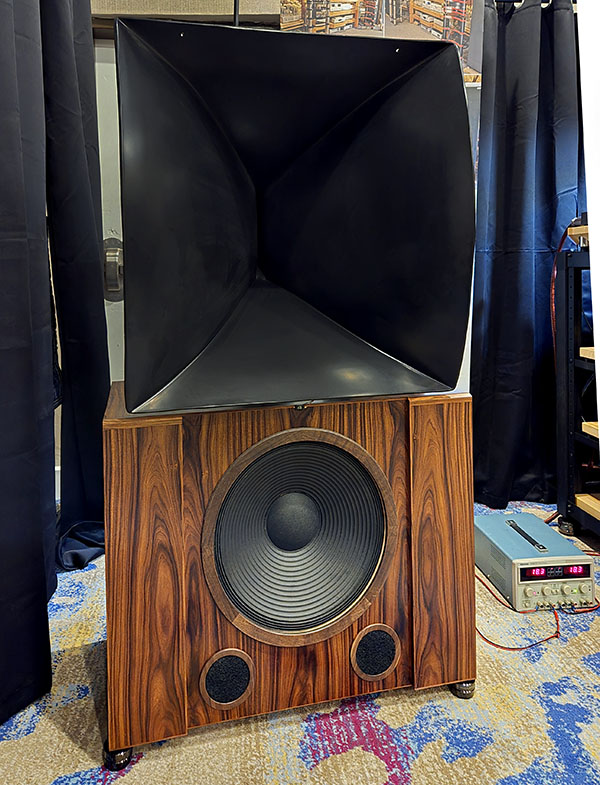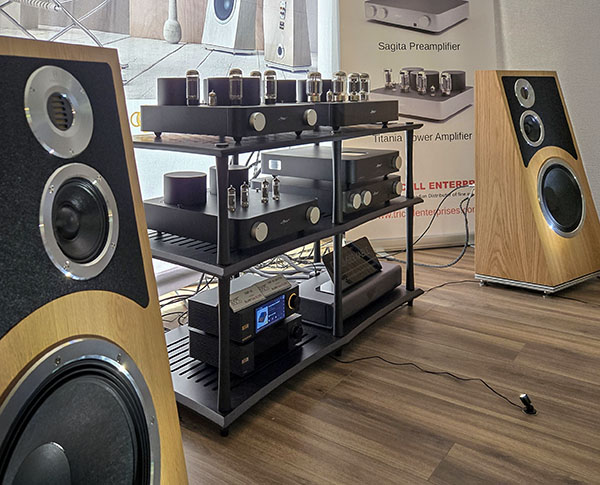LATEST ADDITIONS
Monitor Audio Gold 300 6G loudspeaker
After launching a handful of increasingly viable designs, we reached a then-astonishing turnover of £1 million in our first year and enjoyed a very successful showing at the Paris Festival du Son. But by this point, I was close to an overwork-related breakdown and reluctantly resigned.
Burmester, Modulum - Toronto Audiofest 2024
Gramophone Dreams #90: Collecting Phono Cartridges, Hana, MoFi
"It's one of my greatest strengths. I know what music sounds like. I just go inside the music and let it tell me how it's supposed to be alive, how it's supposed to live in that space. I know that sounds simplistic and maybe somewhat esoteric, or pretentious evenbut it's not.
Marantz - Toronto Audiofest 2024
Warsaw: The Calm Before the Show
Wynn Audio: Børresen Acoustics, Aavik Acoustics, Ansuz Acoustics - Toronto Audiofest 2024
Revinylization #59: Takin' it from the (ZZ) Top
Anthologized and reissued many times since their releaseTres Hombres alone has been reissued on vinyl three times just since 2006the band's first five albums have been reissued again in an impressive, limited-edition boxed set from Rhino called From the Top: 19711976.

